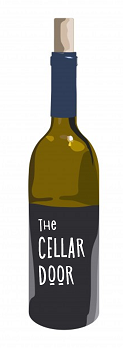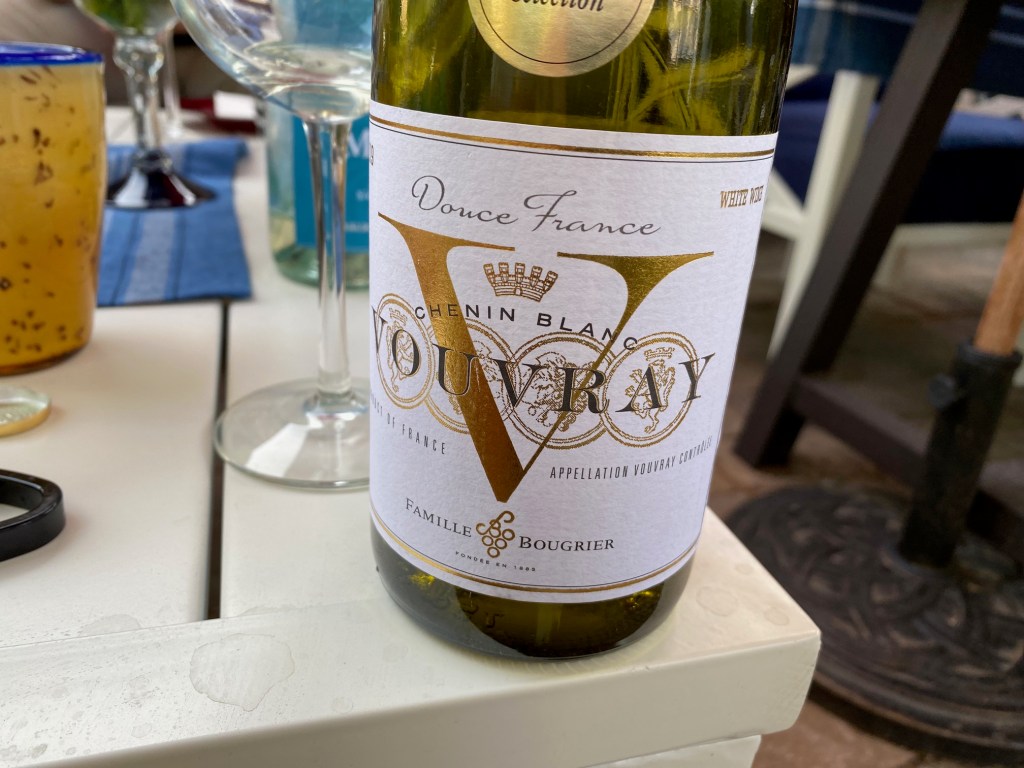
(Posted July 24, 2021)
“Give me books, French wine, fruit, fine weather and a little music played out of doors by somebody I do not know.”
― John Keats
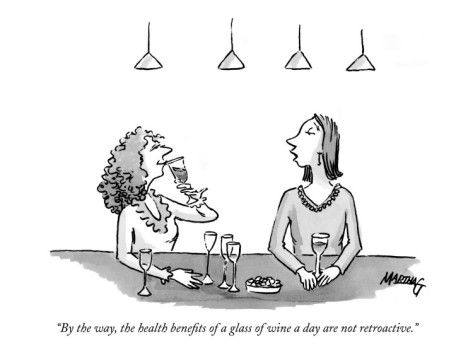
This is the sixth in a review of wines that were mentioned in the great book by Kermit Lynch, Adventures on the Wine Route: A Wine Lover’s Tour of France. Once again a reminder – Lynch’s book is by far one of the most enjoyable and informative books about wine you’ll read.
The sixth wine in our adventure is a wonderful white from the middle Loire valley: a Vouvray from Famille Bougrier, a family that has been growing wine in the valley for six generations since 1885.
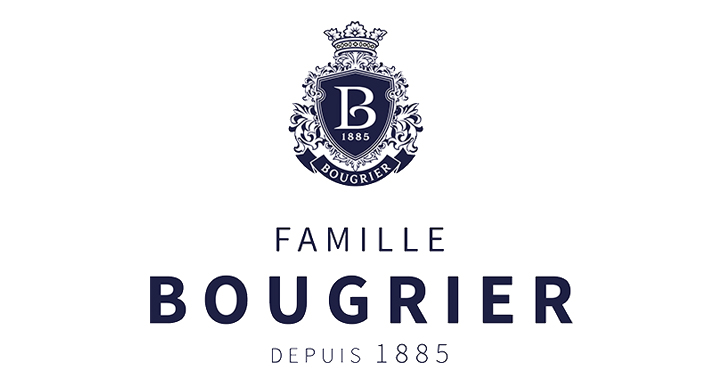

About our sixth wine, Lynch writes about tasting Vouvray with one of his favorite négociants (defined as someone who collects wine from various vineyards and bottles and sells it), Père Loyau:
“Vouvray has always been Loyau’s home ground, and his Vouvrays his most exciting wines. After World War II, Vouvray enjoyed a vogue in the United States. Frank Schoonmaker thought Vouvray’s popularity was due to the fact that the Allied headquarters was at nearby Tours, and the soldiers on duty there simply acquired a taste for the local white. But Vouvray has passed out of vogue, perhaps because it has become a lesson in frustration to locate a good one…. A well-vinified Vouvray from one of the great vineyards is one of France’s noblest wines….
“Vouvray’s wine is a product of what we call the Chenin Blanc grape, but I prefer the local name, Pineau de la Loire, and Loyau is of the opinion that the original plantings of Pineau were Pinot, the Chardonnay, imported to Vouvray from Burgundy. Over sixteen centuries or more, the plant evolved ever so slowly as it adapted to Vouvray’s soil and climate…. A rich golden wine, well-structured, with plenty of sap and vigor, it is amazing how slowly and beautifully a fine Vouvray develops with age…. The best vineyards, those chalky hillside sites, invest it with the backbone to support such an unexpected potential for aging.”

Wine Folly tells us that Vouvray is grown “along the banks of the Loire River in the Touraine district of France [near the City of Tours]. Wines range from dry to sweet, and still to sparkling…” I saw that Vouvray can indeed come in many types, but I was surprised that it can be a sparkling wine. Ours was not (not that there’s anything wrong with that!).

Wine Searcher says that “Vouvray is the most famous and most respected appellation of the Touraine region and encompasses white wines of various styles… from eight villages around the medieval town of Vouvray, on the northern banks of the Loire River. Vouvray is the flagship of the Chenin Blanc grape… One key characteristic of quality Vouvray wines is the remarkable long life. Many bottles more than 30 years old often show stunning freshness and life. This is largely due to Chenin Blanc’s naturally high level of acidity, which acts as a preservative and allows the wine to develop for decades.” So Vouvray is a white wine that can age, which we (ok, I) often attribute solely to reds.
We talked about Chenin Blanc in an earlier review of another Loire wine, savennieres. As mentioned in that review, this prodigious grape is the source material for a lot of varietals. According to The Oxford Companion to Wine, Chenin Blanc is “probably the world’s most versatile grape variety, capable of producing some of the finest, longest-living sweet whites and a wide range of fine dry whites…. DNA profiling suggests relationships with a wide range of varieties including … sauvignon blanc… and even cabernet sauvignon.” So we owe a lot to this grape, including for our Vouvray.
The World Atlas of Wine is greatly impressed with the area where Vouvray is grown. “Everything royal and romantic about France is summed up in the middle stretch of the immense river centered on Tours – a land of renaissance chateaux, ancient towns, and beguiling white wines. Its most distinctive whites, which come in all sweetness levels and are blessed with extraordinary longevity, are made from Chenin Blanc grown on the low hills of soft tuffeau [a fancy word for chalky limestone] that flank the river.”
So three things we’ve learned about Vouvray: it can often get better with age; it can come in many levels of sweetness; and it can even be a sparkling wine.
So, sweetness…. talk about a subjective characteristic. The Oxford Companion to Wine defines it as “one of the primary tastes involved in tasting and a fundamental component of wine. It varies considerably and is sensed by taste buds principally on the tongue. Wines taste sweet mainly because of the amount of residual sugar they contain (although the impact of this on the palate is greatly influenced by factors such as the level of acidity, tannins, and carbon dioxide in the wine as well as the serving temperature).” What about those residual sugars? The Companion tells us that it is defined as “the total quantity of sugar remaining unfermented in the finished wine.” Ok then. One person’s sweetness is another’s …. well, not so sweet, as you’ll see in our tasting notes.
A handy little book to have around is The New Wine Rules: A Genuinely Helpful Guide to Everything You Need to Know, by Jon Bonnè. Jon tells us that there’s a difference between “fruity” and “sweet.” He writes, “usually all the sugar gets converted [into alcohol], although sometimes a bit is left over (that’s ‘residual sugar’). No residual sugar? That a “dry” wine. Some sugar left over? Then it might be ‘sweet.’ So, this means a wine can taste like fruit even if it’s completely dry (meaning, there is no residual sugar). It can also taste like things other than fruit – mineral, herbal, even animal – even if there’s sugar left. Fruity isn’t necessarily the same as sweet, and savory isn’t necessarily the same as dry. (So, yes, a wine can be both sweet and savory).” Clear as mud?
So what were we to expect? Wine Searcher tells us that Vouvray has an “intense aromatic composition” and that “in their youth [ours was a 2019] Vouvrays are characterized by aromas of acacia blossom, quince, and green apples. Over time these evolve into tertiary aromas of honeysuckle, quince, and lanolin.” (Lanolin! Why do I think of Brylcreem?)
Eric Asimov in The New York Times wrote in 2014 that Vouvray can be “lusciously sweet and nectarlike… all the while retaining a refreshing balance” and that the vintage he reviewed was “reminiscent of honeysuckle, mint, and chamomile.” All the Vouvrays he tried “shared fundamental qualities to different degrees: honeysuckle, chamomile, lemon, a fine minerality and a texture that I absolutely love, thick and enveloping yet delicate at the same time.”
My guest tasters (Lisa, Suzanne, Brian, and Manisha) tasted citrus, apple, floral, and pears, but we all detected varying levels of sweetness. I thought its sweetness was very pleasant and soft, while others thought it was too sweet for their liking. Overall though, we thought it was gentle and refreshing, with just a hint of effervescence. Its acidity was moderate, its body was light, and its texture was smooth. Its alcohol content was fairly low at 12% – is that a common factor of sweeter wines? I’ll need to investigate.
One comment: it would go well with Indian foods or any foods that were mildly to somewhat spicy or hot.
So what was the verdict? As mentioned in our last review, I don’t want to get too bogged down in absolute numbers. Our experience was wonderful, good friends sharing a charcuterie and preparing for a good meal, a nice patio on a warm summer night, and a new patio furniture set (!).

Overall, our tasters ranked it 7 out of 10 (again, with 10 being the most wonderful wine you’ve ever had in your life). But the experience can’t be beat – a perfect 10 again!
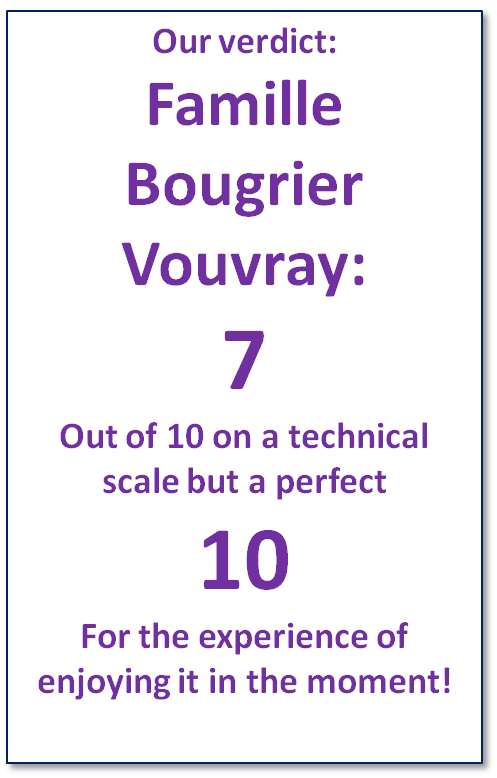
Where can you get it? This particular Vouvray can be found at most wine stores and websites – Total has it for about $15.
Wine book recommendation: As mentioned, Jon Bonnè’sThe New Wine Rules: A Genuinely Helpful Guide to Everything You Need to Know is a small little guide to some of a wine lover’s most perplexing issues and is full of aphorisms such as “Forget ‘the best’ wines. Drink good wines” and “A wine’s price rarely reflects its quality.” I thoroughly enjoyed it and refer to it to remind me to enjoy wine without getting too bogged down in issues that some might think are important. Remember, “You’ll never need more than two types of wineglass, three at most.”

